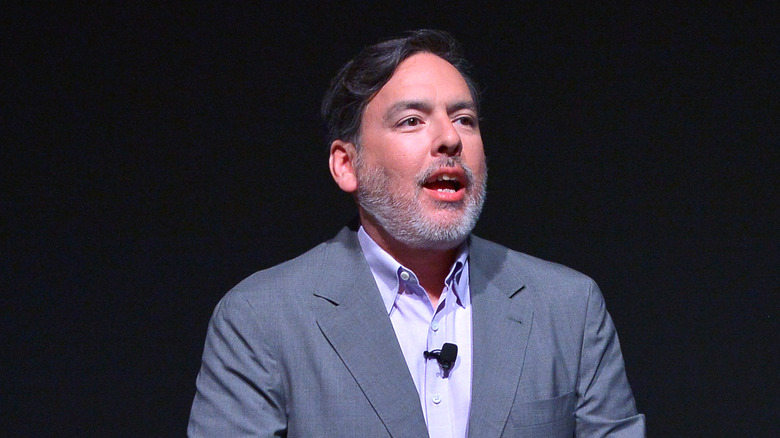The Sad Truth About Video Game Prices
It's a simple fact that making games is more expensive than it used to be. As technology progresses and games become longer and more advanced, development costs go up, and this is reflected in the climbing price tags attached to those games. Or is it?
The Last of Us Part 2 takes the average player about 25 hours to finish. That's significantly longer than the original The Last of Us, which took about 15. Of course, bigger games with longer stories also have longer development cycles. The first The Last of Us was in development for three and a half years; the sequel, even with the infamous crunch culture at Naughty Dog, took a whopping six years to complete.
While we don't have exact numbers for the development costs, it's not a leap to assume that The Last of Us 2 was a whole lot more expensive to make. In spite of that, it still sells for $59.99 — the same price as the original. Even more incredibly, that $59.99 price point for new games actually hasn't budged since the PlayStation 3 era. Given that development costs seem to increase with every generation of consoles, suddenly 60 bucks for a new AAA game doesn't seem so bad.
In fact, according to ex-Playstation exec Shawn Layden, the problem is actually going in the opposite direction. Costs are skyrocketing while game prices are holding steady, and it doesn't take the CEO of a major corporation to know that's bad news for the developers. Layden thinks that the industry is due for a reckoning, and that the upcoming console generation may be when it happens.
Without going into specifics, Layden said that most AAA games these days have development costs ranging anywhere from $80 million to $150 million. If that's true and those numbers get larger in the next generation, it'll be difficult — if not impossible — for developers to turn a profit. That's bad news for devs and gamers alike, because a game studio that can't sustain itself can't make more games.
Clearly, this trend can't go on forever, and something has to give. Either game prices have to go up or development costs have to come down. However, other trends in gaming may help to explain how this pattern has continued for as long as it has. Specifically, season passes and downloadable content (DLC) raise the prices of games without actually raising the prices.
DLC is a divisive topic, and rightfully so. However, in light of ever-rising development costs, it starts to make sense how studios might take desperate measures to stay afloat. Expensive cosmetics, day-one DLC, and even the now-infamous loot boxes are all obvious money-making schemes. While a quick look at stock prices shows that major corporations like Sony are doing just fine, it's easy to see how smaller, struggling developers would be tempted to sneak extra costs into their games rather than compromise on what they're creating.
However, Layden doesn't seem to think that's the answer, stating, "I think the industry as a whole needs to sit back and go, 'Alright, what are we building? What's the audience expectation? What is the best way to get our story across, and say what we need to say?'"
Layden added that studios might have to "reevaluate" the desire to shoot for 50-60 hour games with every release. In short, he thinks it's time for AAA developers to scale back their designs, and he may have a point. After all, some of the darlings of modern gaming came from tiny studios or indie developers. While Sony may not be keen on trying to create the next Undertale, that title is proof you don't need a nine-figure production budget to make a great game.
Layden says that he'd like to see a return to the not-so-long-ago days of 15-hour AAA games like the original The Last of Us. That could come with its own problems, though. While it's true that some indie games have become huge successes, more mainstream gamers are used to everything constantly getting bigger, better, and flashier. To suddenly have an artificial ceiling put on their games would be frustrating. On the other hand, though, raising the prices of new games would be equally frustrating for people who aren't willing or able to pay for them.
It's not clear yet which way this trend will break, but it seems clear that it has to happen sometime soon. Should we hear more about how developers and publishers plan to address this very real concern, we'll let you know.

